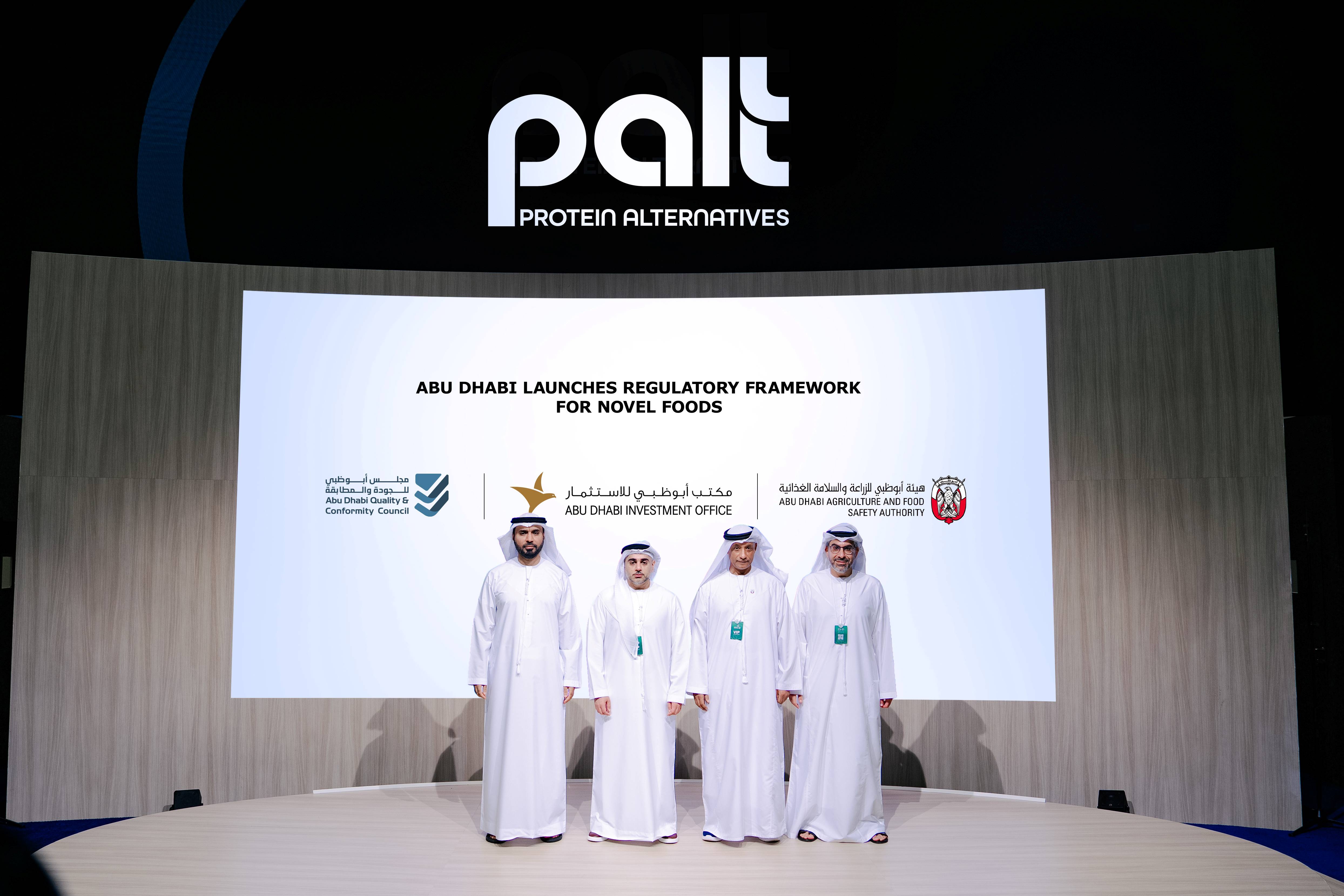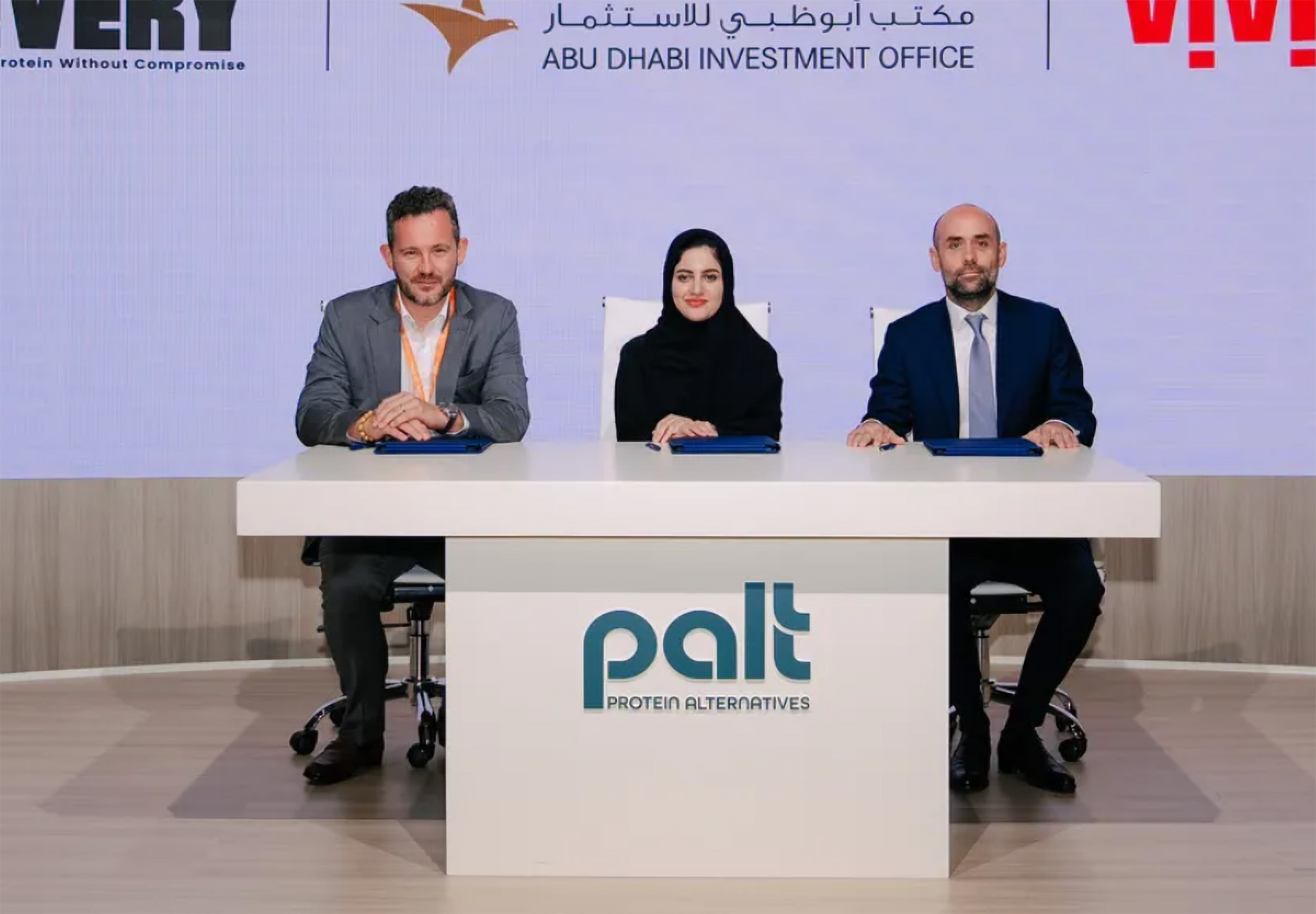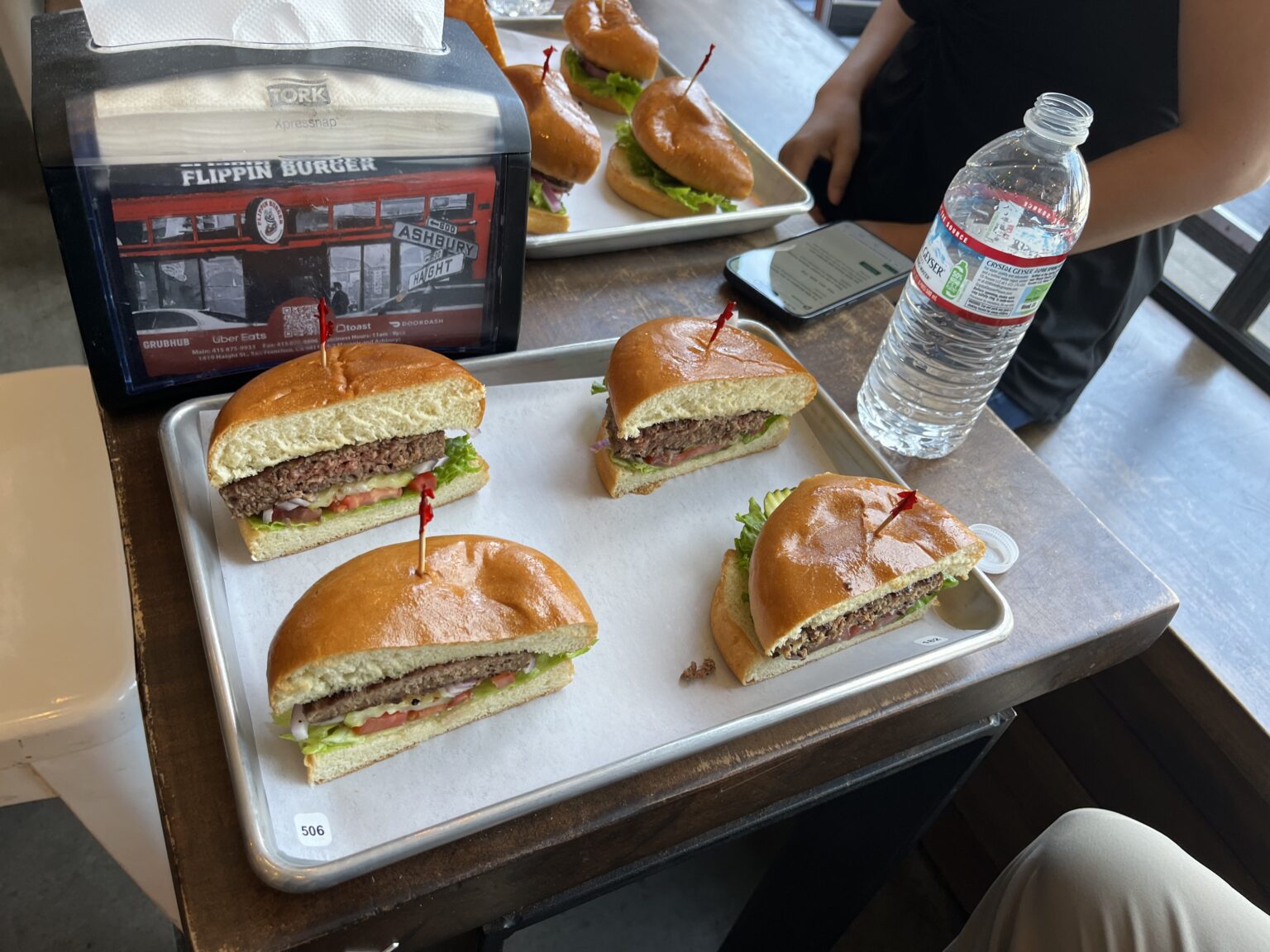

Microalgae: an environmentally friendly and healthy alternative to fish
The volunteers participating in a tasting study at the University of Hohenheim tested a new food: microalgae. The taste is reminiscent of fish and the recipe is still being fine-tuned. From a nutritional point of view, the single-cell organisms are veritable all-rounders. Just like marine fish, they are a source of important Omega-3 fatty acids and high levels of protein, dietary fiber, vitamins, and carotenoids.
And best of all: this alternative to fish provides many advantages such as countering the overfishing of the seas. In addition, microalgae can be bred regionally, which means that the transport routes are short, and they bind climate-damaging carbon dioxide. However, before they can become part of the human diet, researchers at the University of Hohenheim in Stuttgart, together with the Fraunhofer Institute for Interfacial Engineering and Biotechnology (IGB), will have to find answers to several questions.
Everyone is talking about proteins. A large swathe of humanity is still placing its bets on animal sources, be it meat, fish, or dairy products – with negative repercussions for the environment and nature. That's why more and more people are looking for alternatives.
"So far, there are no really satisfactory alternatives to fish on the market that also contain their essential nutritional ingredients," said Professor Dr Stephan Bischoff from the Institute of Clinical Nutrition at the University of Hohenheim. "There are indeed protein-rich replacement products that are primarily manufactured from grain legumes such as peas and soybean. However, they lack the ingredients found in food of animal origin that are so important for our health such as Omega-3 fatty acids."
Consequently, he and other researchers are focusing their attention on microalgae. They have selected a particular species with the complicated name Phaeodactylum tricornutum.
This is because it seems to offer almost everything that fish does – and so much more according to Dr Lena Kopp, Research Associate at the Institute of Clinical Nutrition. "In addition to protein content of almost 50% in dry matter, the dried microalgae also contain substantial amounts of the long-chain Omega-3 fatty acid eicosapentaenoic acid, in short EPA. Furthermore, their other ingredients include water-soluble dietary fiber which is important for gut health, vitamin E, and carotenoids."
Microalgae are currently being cultivated at the Fraunhofer Institute for Interfacial Engineering and Biotechnology (IGB) in Stuttgart. There, the algae grow in a nutrient liquid in large, illuminated photobioreactors. "The researchers can adjust the cultivation conditions to influence the ingredients," explained Dr Kopp. "For instance, the microalgae produce a large amount of EPA if they have a sufficient supply of nutrients. However, if they go hungry, they form more dietary fiber."
It is true that Phaeodactylum tricornutum is already used in animal feed. However, a great deal of research work will be necessary before the microalga can and may be used in food for human consumption. This is because the Novel Food Regulation of the EU stipulates that food that was not consumed to a significant degree in the EU prior to 1997 must first go through an approval procedure.
"For this, we have to prove inter alia that this is a safe food," commented Dr Kopp. "In other words, it must not harm the human body even when it is consumed over longer periods. In order to assess this, the researchers are investigating which amount of which ingredients are taken up by the human body."
Of course, the researchers are also interested in whether the microalgae will be able to meet the daily requirement for Omega-3 fatty acids. To this end, the volunteers had to drink an algae smoothie daily over a two-week period. Result: After taking the microalgae, their blood was found to contain high levels of Omega-3 fatty acids similar to those observed after taking fish oil capsules.
But, there is another problem. "The microalgae taste and smell very strongly of old fish," explained Dr Rigling, research associate with the Department of Flavor Chemistry. "Several ingredients could be the cause of this. One of them is trimethylamine that also occurs in fish stored for longer periods. It can be removed by means of heating for a short period, for instance during pasteurization. But when stored for longer periods, it can form again."
In order to improve the flavor of the microalgae, the researchers have adopted a novel approach: fermentation with the help of mushrooms. "This is an age-old way of preparing food that is widespread in Asia but is relatively unknown in Europe," said Professor Dr Yanyan Zhang from the Department of Flavor Chemistry. "People in this country are familiar with the fermentation of food such as yogurt and sauerkraut but this involves the use of bacteria and not mushrooms."
For the fermentation of the microalgae, the researchers use specific edible mushrooms. "Our initial results confirm that these mushrooms do indeed break down these undesirable substances," said Dr Rigling. "Unfortunately, they also break down a small proportion of the desired ingredients. We'll have to carry on experimenting."
It is not possible to eliminate the fish flavor completely. This is because the Omega-3 fatty acids oxidize rapidly when they come into contact with atmospheric oxygen and then they taste of fish. That's why the researchers believe that the greatest potential for microalgae also lies in the production of alternatives to fish.
The researchers are currently focusing on this in their work. Dr Kopp, herself, went into the kitchen and tried out various recipes. "We started with smoothies that did, however, have a very strong fish flavor." After trying flammekueche and algae in pastry, the participants in the latest tasting study were given tortelloni with various fillings such as vegan salmon made from carrots or tofu. The filling with wild garlic pesto proved to be the most popular with the volunteers.
The organic company of the Tress brothers from Hayingen on the Swabian Alb has lent its support to product development. They are also interested in marketing the microalgae products at some stage in the future.
"Microalgae offer many advantages for the environment," stressed Dr Kopp. "First, we can counteract overfishing. Second, microalgae can be bred regionally and under controlled conditions. Hence, they do not contain any heavy metals and the transport routes are short. Furthermore, they bind carbon dioxide, a gas that contributes to climate change."
If you have any questions or would like to get in touch with us, please email info@futureofproteinproduction.com






